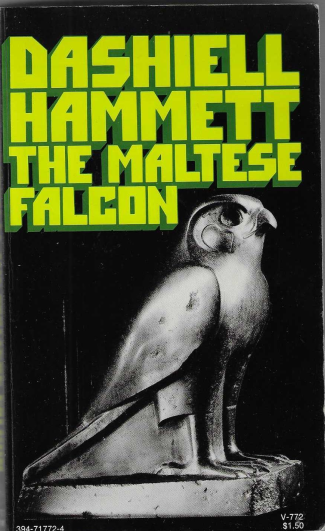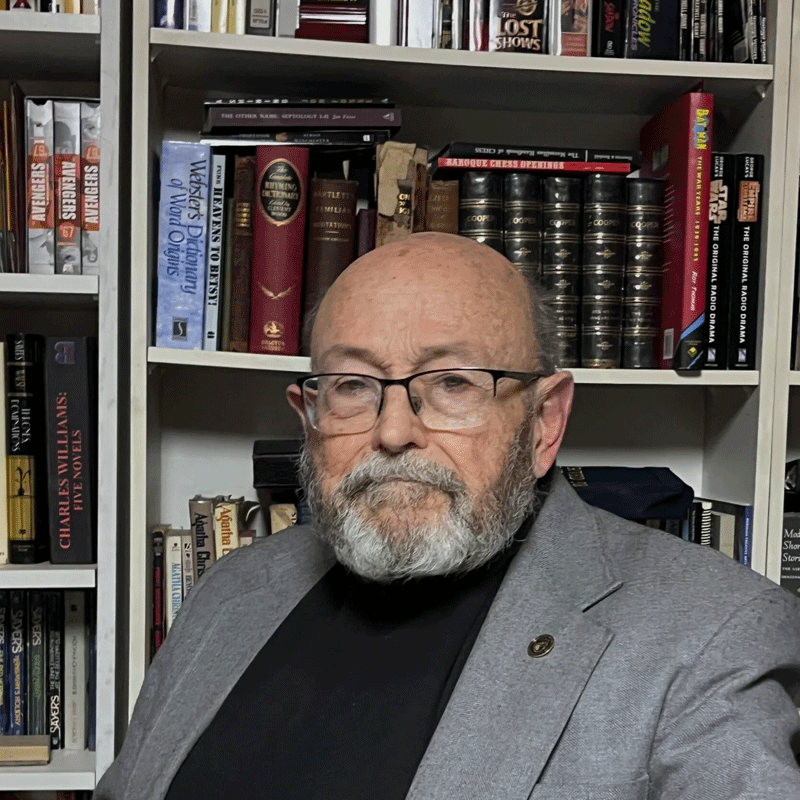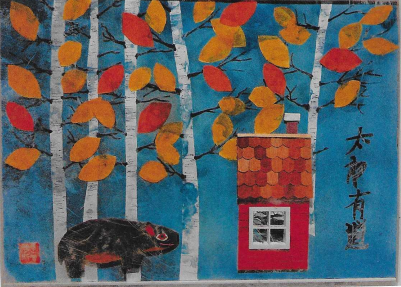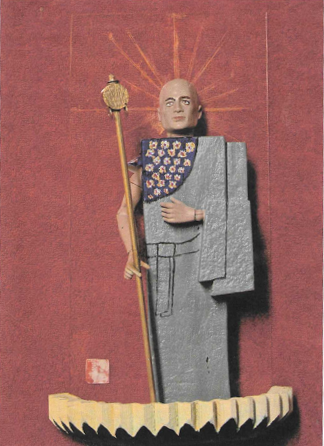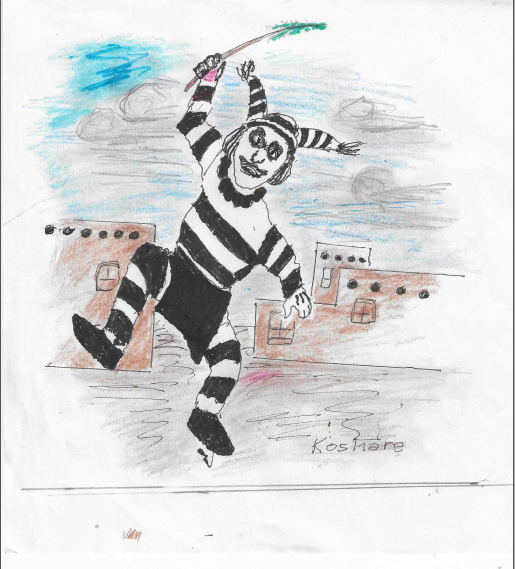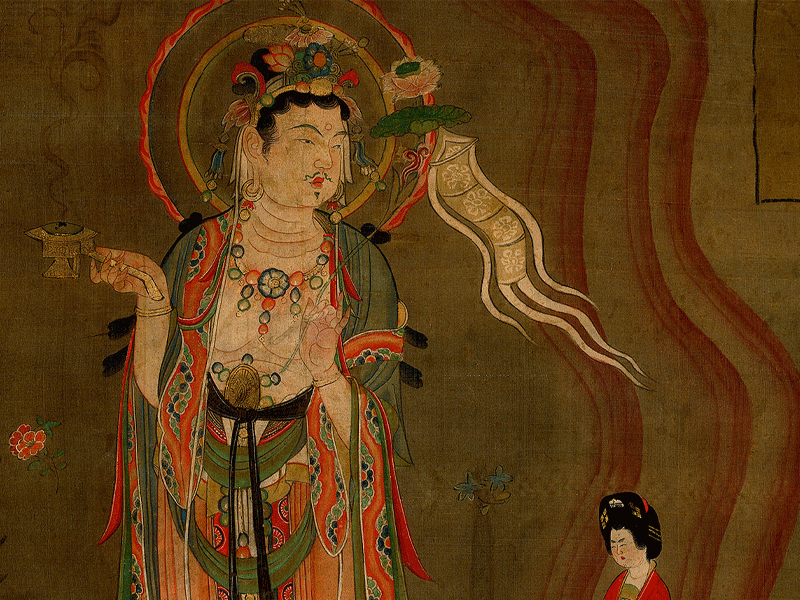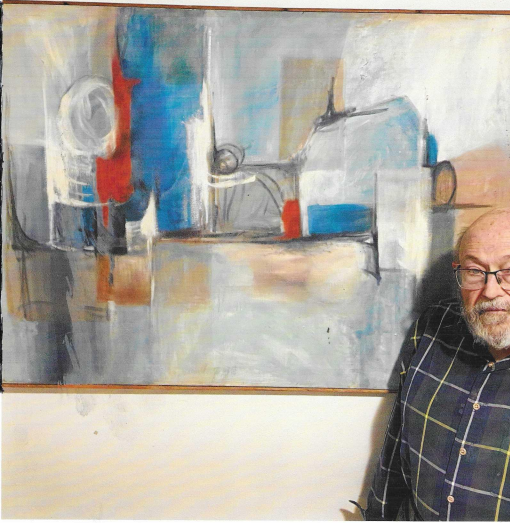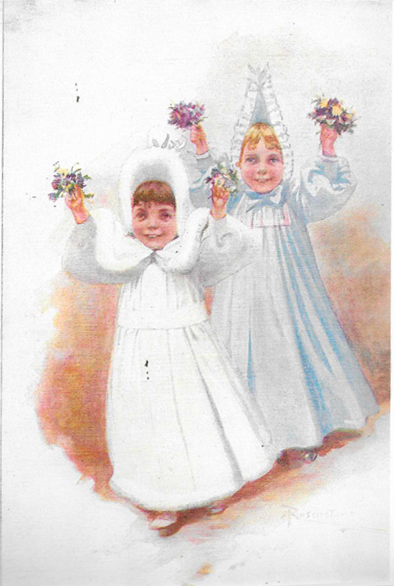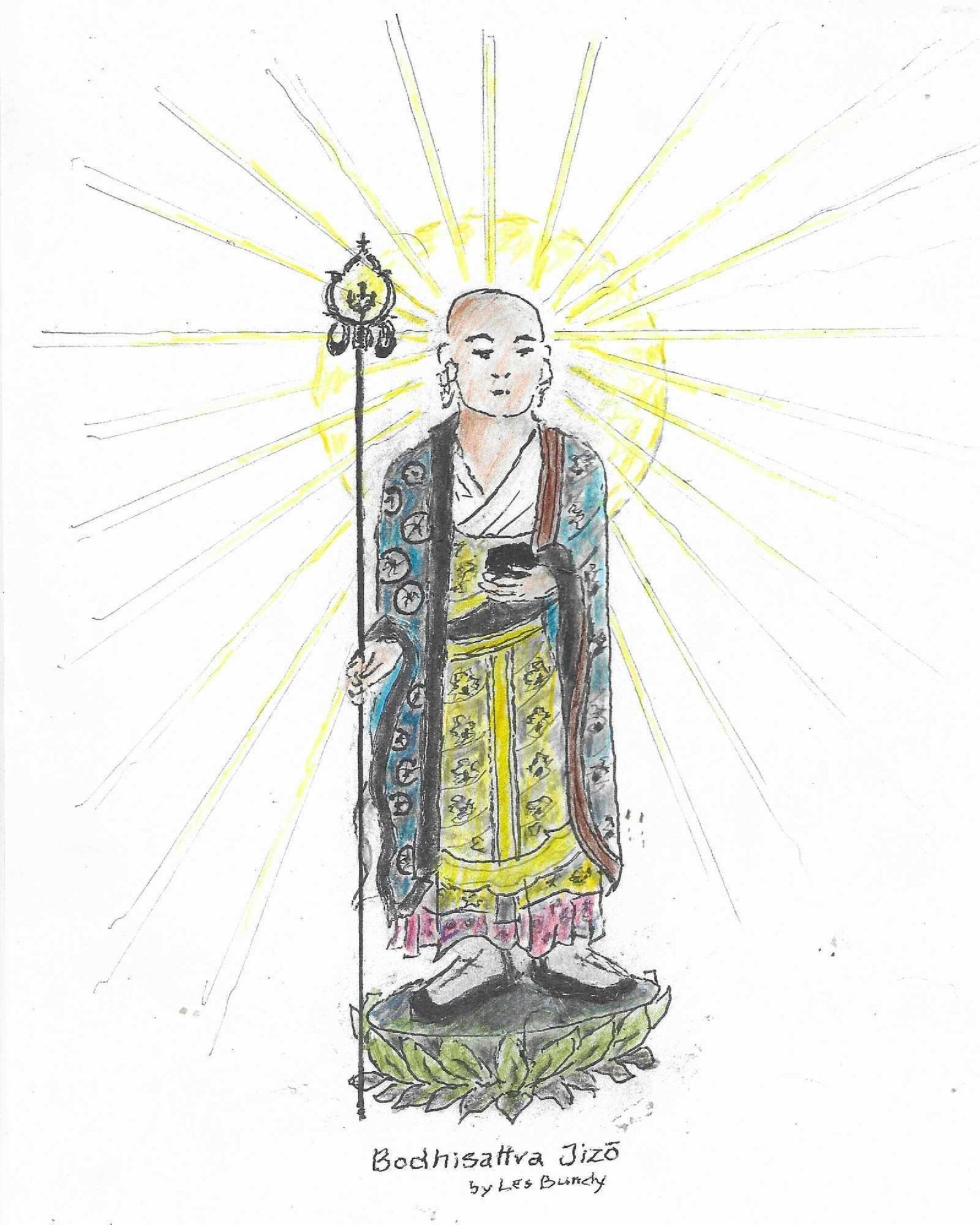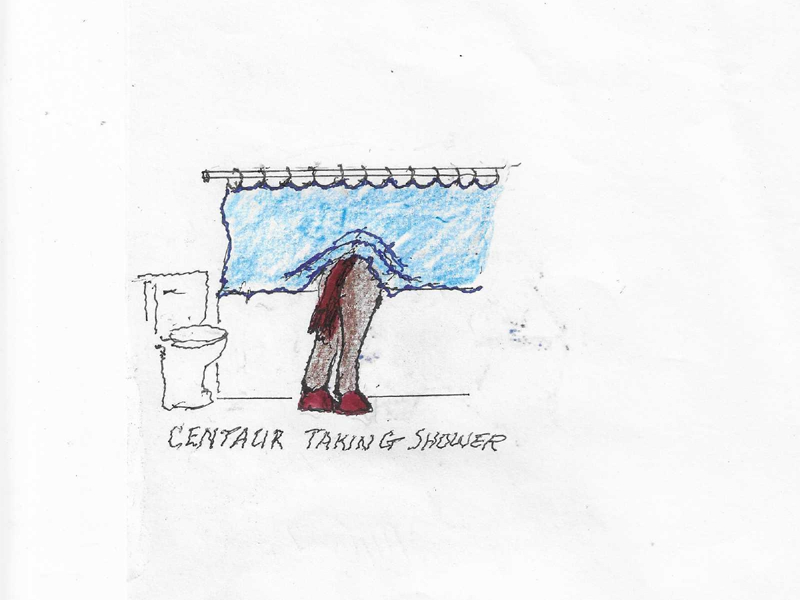Opening Paragraph:
Film Noir—those moody, cynical dramas from the 1940s and ’50s—emerged from a post-WWII society grappling with its place in the world. These dark films, filled with shadowy detectives and moral ambiguity, gave us characters like Sam Spade and Philip Marlowe. But their popularity wasn’t just about style—it was about something deeper.
Main Body:
The aftermath of World War II left America with a split identity. On one hand, we saw ourselves as defenders of truth and justice. On the other, we began to question what those ideals actually meant. Film Noir captured that tension perfectly. It portrayed a world where truth was elusive, and even the hero didn’t have all the answers.
Radio helped bring these stories to life. Programs like The Adventures of Philip Marlowe, Boston Blackie, and Bulldog Drummond turned gritty storytelling into an auditory art form. We listened not just to be entertained, but to understand a world that felt just a little off-kilter.
Today, graphic novels might seem a world away from those old radio dramas—but are they? Both are visual. Both are serialized. And both deliver complex narratives through seemingly simple mediums. Just like Noir, today’s graphic stories often deal with darkness, irony, and redemption.
Closing Thought:
The beauty of noir lies in its willingness to sit in the shadows—but not without seeking the light. In the same way, we are called to see beyond the bleakness of headlines and find the beauty in small moments: kindness, empathy, resilience. These, too, are part of the story.

